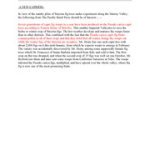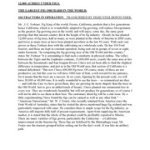Charlie Dodgson
Well-known member
Although not persistent, this caprifig provides very good profichi and mammoni crops for wasp habitat.
https://npgsweb.ars-grin.gov/gringlobal/accessiondetail?id=1003306
https://npgsweb.ars-grin.gov/gringlobal/accessiondetail?id=1003306


